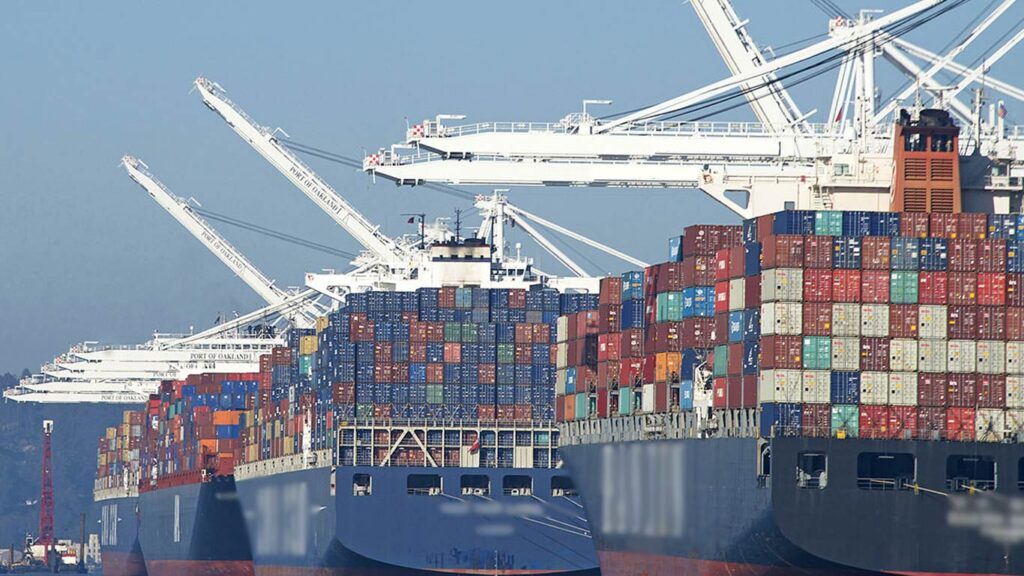India, with its vast coastline of about 7,500 kilometers, has a thriving shipping sector that plays a crucial role in the country’s economy. Shipping is essential for trade, as it allows the transport of goods to and from international markets. The sector not only facilitates commerce but also supports millions of jobs and contributes significantly to India’s GDP.
Importance of the Sector:
Shipping is crucial for international trade, accounting for over 90% of India’s total trade volume. It helps transport various goods, including raw materials, finished products, and food items. The sector is also essential for connecting India to global markets, allowing exporters and importers to reach their clients efficiently.
Moreover, the shipping industry promotes economic growth in coastal regions. Ports serve as hubs of commerce, attracting businesses and creating employment opportunities in logistics, shipbuilding, and related services.
Government Initiatives:
The Indian government also has recognized the importance of the shipping sector and has taken several initiatives to boost its growth. Programs like the Sagarmala Project aim to modernize ports and enhance coastal infrastructure. This project focuses on developing port connectivity, reducing logistics costs, and promoting port-led development. By improving facilities, the government hopes to attract more shipping companies and increase cargo handling capacity.
Major Ports and Shipping Companies:
India has 13 major ports and over 200 minor ports. Some of the prominent major ports include Mumbai, Chennai, and Kolkata. These ports handle a significant portion of cargo traffic and are also equipped with modern facilities to ensure efficient loading and unloading of goods.
Example: The Port of Mumbai
A prime example of India’s shipping sector is the Port of Mumbai. It is one of the busiest ports in India, handling a significant portion of the country’s cargo. The port is strategically located, thus making it a gateway for international trade. It handles a diverse range of goods, including containers, crude oil, and agricultural products. The port’s infrastructure has been continually upgraded to accommodate larger ships and increase efficiency.
This port not only supports the local economy by creating jobs but also acts as a hub for various industries. For instance, it serves the textile and automobile sectors, enabling them to export their products worldwide. Additionally, the port plays a crucial role in ensuring that essential goods, like food and medicines, reach consumers in a timely manner.
Challenges Ahead:
Despite its potential, the Indian shipping sector faces several challenges. One major issue is the lack of adequate infrastructure at ports, which can lead to delays and increased costs. Additionally, the industry grapples with regulatory hurdles and competition from foreign shipping lines, and environmental issues which can impact local companies.
Conclusion:
In conclusion, the shipping sector is a vital component of India’s economy. As the government focuses on initiatives like “Sagarmala,” aimed at port modernization and coastal community development, the future looks bright for this essential industry. By overcoming challenges and embracing innovation, India can strengthen its position in the global shipping industry.
– Ketaki Dandekar (Team Arthology)
Read more about Shipping Sector here – https://unacademy.com/content/bank-exam/study-material/shipping-industry/
